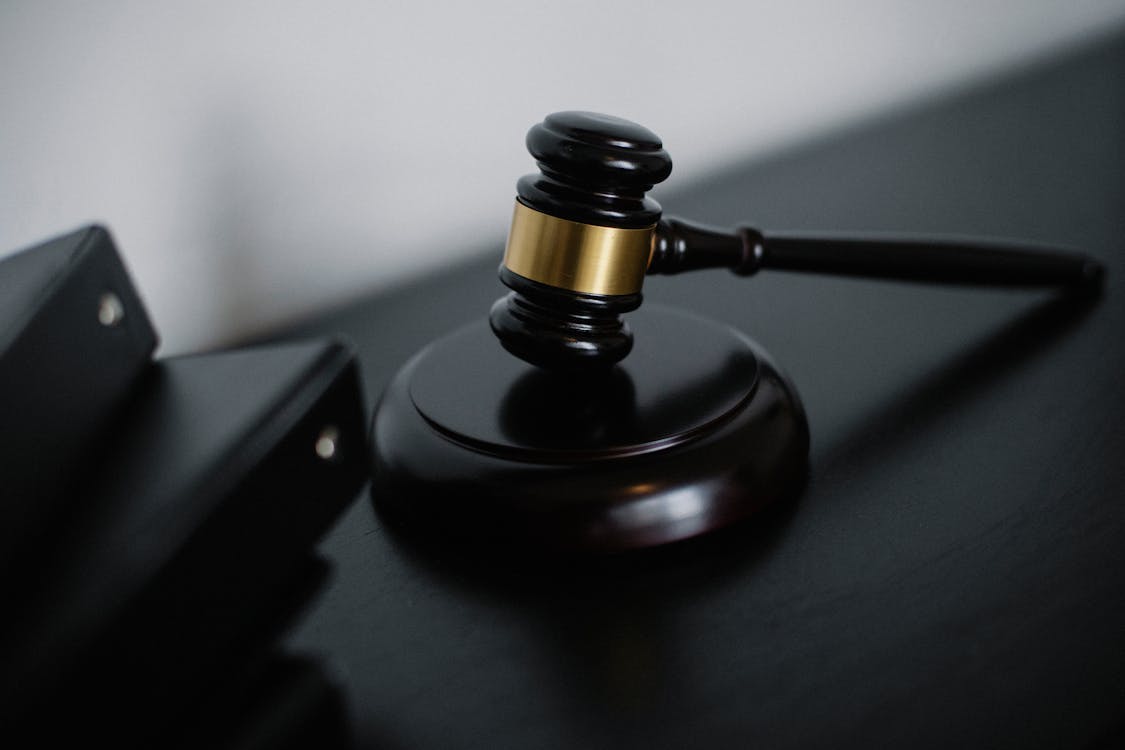
Generative AI is, without a doubt, a tech marvel that opens up entirely new wonderlands of creativity, leaving us awestruck by its wizardry. It’s like having a digital Picasso, Shakespeare, or Beethoven right at your fingertips, ready to dazzle your senses. This groundbreaking tech wrangles complex algorithms to craft content that blurs the lines between human and machine-generated artistry. Consequently, it’s sweeping across diverse sectors, from the arts to music, ushering in an era of jaw-dropping innovation and granting students a level of flexibility that’s in a league above your run-of-the-mill thesis service.
However, beneath the surface of this digital wonder lies a maze of challenges, especially when we venture into the wilds of copyright and compensation. In this article, we embark on a journey through these intricate issues, aiming to make them graspable to folks from all walks of life. We’ll also shine a light on the ever-evolving landscape of generative AI, where tech and creativity rendezvous in fascinating ways.
1. Navigating the Generative AI Landscape
Generative AI is the fusion of technology and creativity, a digital maestro ready to perform at your command. It employs algorithms to craft content that blurs the boundaries between human and machine-generated works. This technologies’ adoption spans multiple sectors, from art and literature to music composition, catapulting us into an age of unprecedented innovation.
2. The Copyright Puzzle
Copyright, that unshakeable bedrock underpinning the creative cosmos, acts as a steadfast sentinel, guarding the intellectual treasure troves of creators. It bestows upon them the exclusive rights to their artistic offspring. Yet, in this ever-shifting digital dervish, generative AI tosses an eccentric curveball our way. Traditional copyright norms find themselves in a head-spinning tango with content birthed by algorithms, where the lines of authorship, at times, get a bit fuzzy.
The million-dollar query that keeps us all guessing: When the maestro behind the creation is none other than an AI, who gets to don the copyright crown?
3. The Conundrum of Ownership
Determining ownership in the realm of generative AI resembles solving a Rubik’s Cube. If an AI spins out a compelling story, should credit go to the human user who triggered it, the developer behind the AI’s creation, or the AI itself? This conundrum echoes the infamous “Monkey Selfie” case, where a monkey’s photograph sparked a copyright dispute.
4. Fair Play for AI Creators
In the ever-evolving realm of AI creativity, some big-time considerations have taken the stage. Let’s dive into the nitty-gritty of these issues, with a strong focus on fairness, ethics, the need for updated regulations, industry hustle, tech fixes, global viewpoints, and the road ahead.
5. Playing Fair with AI Creators
Beyond just owning the copyright, the question of dishing out fair compensation is a real head-scratcher. When AI whips up valuable content, should the brains behind the algorithms get a piece of the action? There are all sorts of models floating around – think royalties, or maybe some good old revenue-sharing deals – all to make sure those who put the sweat into AI creation get their rightful cut.
6. Wrestling with Ethics
AI’s impact on creativity isn’t just about playing by the rules; it’s a deep dive into the morality pool. When AI pumps out art or music without a proper nametag, you’re looking at some fairness issues, no doubt. And then there’s the tricky business of AI possibly snatching jobs from human creatives. Balancing tech advances with ethics? That’s the million-dollar question.
7. A New Rulebook, Anyone?
The rulebook we’ve got for copyrights and such was cooked up in a different era – back when folks relied on their own noggin for creativity. It might not be up to the task when AI’s in the mix. International agreements, like the Bern Convention, could use a makeover to fit the unpredictable nature of AI creations.
8. Industry Hustle and Bustle
Some forward-thinking companies and platforms are already rolling up their sleeves to tackle these issues head-on. Big shots like OpenAI and IBM are leading the charge in the responsible use of AI, setting up some nifty guidelines and practices to keep things square and responsible when it comes to AI-generated stuff. They’re like trailblazers, showing the way for others in the field.
9. Tech to the Rescue
Tech solutions are like the cavalry riding in to deal with copyright issues in generative AI. You’ve got blockchain-based attribution and digital watermarks – these gadgets can track AI-generated content right back to the source, making sure everyone gets their fair share of credit and nipping misuse in the bud.
In Conclusion
Generative AI is like a mad scientist, reshaping the creative world and opening up new horizons for teaming up with humans. But it’s also like a riddle wrapped in a mystery, with some copyright and cash headaches. Our guiding star in this topsy-turvy era is to strike the right balance between tech leaps and ethical guardrails. Through teamwork, learning, and some fancy footwork, we can steer through these challenges and make sure everyone gets a fair slice of the pie in the age of generative AI.
Published by HOLR Magazine.


